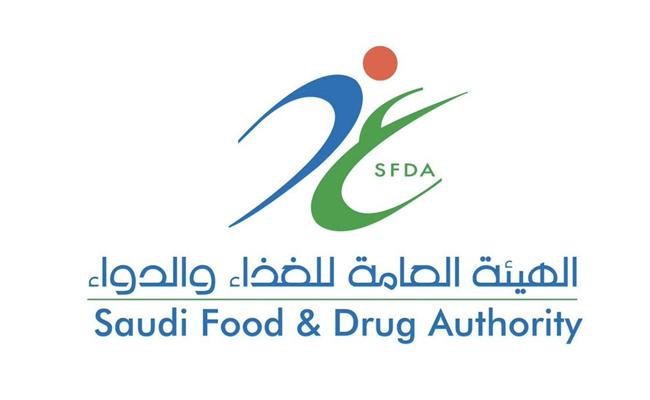
Efficacy and tolerability of combination therapy with valsartan/ hydrochlorothiazide in the initial treatment of severe hypertension
Efficacy and tolerability of combination therapy with valsartan/ hydrochlorothiazide in the initial treatment of severe hypertension
Efficacy and tolerability of combination therapy with valsartan/ hydrochlorothiazide in the initial treatment of severe hypertension
2008-08-10
Objective: Most patients with severe hypertension are at high risk for cardiovascular events and require prompt blood pressure (BP)-lowering and combination therapy to achieve BP goals. This study evaluated the therapeutic efficacy and tolerability of initial treatment with the combination of valsartan and hydrochlorothiazide (HCTZ) compared with valsartan monotherapy in patients with severe hypertension.
Research design and methods: This was a 6-week, randomized, double-blind, multicenter, forced titration study that compared initial therapy with the combination of valsartan/HCTZ 160/12.5 mg (force titrated to 160/25 mg after 2 weeks and to 320/25 mg after 4 weeks) to monotherapy with valsartan 160 mg (force titrated to 320 mg after 2 weeks and sham-titrated to 320 mg after 4 weeks). Eligible patients were 18–80 years old with severe essential hypertension (mean sitting diastolic BP ≥ 110 mmHg and <120 mmHg and mean sitting systolic BP ≥ 140 mmHg and <200 mmHg). The Clinical Trial Registry number was NCT00273299.
Main outcome measures: The primary efficacy variable was the rate of BP control (mean sitting BP < 140/90 mmHg) at Week 4. Tolerability was evaluated by monitoring all adverse events, vital signs, and laboratory tests including hematology and biochemistry.
Results: A total of 608 patients were randomized to either valsartan/HCTZ (n = 307) or valsartan monotherapy (n = 301). Significantly more patients achieved overall BP control (<140/90 mmHg) with valsartan/HCTZ compared to monotherapy at Week 4 (primary efficacy variable and timepoint) (39.6% vs. 21.8%; p < 0.0001) and Week 6 (48.2% vs. 27.2%; p < 0.0001). Mean reductions in BP at Week 4 were significantly greater for valsartan/HCTZ (30.8/22.7 mmHg vs. 21.7/17.5 mmHg; p < 0.0001), with further reductions at Week 6. BP control rates were greater with combination therapy as early as Week 2. The overall incidence of adverse events was comparable between the combination therapy (34.9%) and monotherapy (36.7%) treatment groups. A potential limitation of the forced-titration design is that some patients were titrated to higher doses despite having achieved goal BP. This may impact the interpretation of the incidence of dose-dependent adverse events.
Conclusions: Initial therapy with valsartan/HCTZ is effective and well tolerated in patients with severe hypertension.
Source: Current Medical Research and Opinion, 2008, Vol. 24, No. 8



